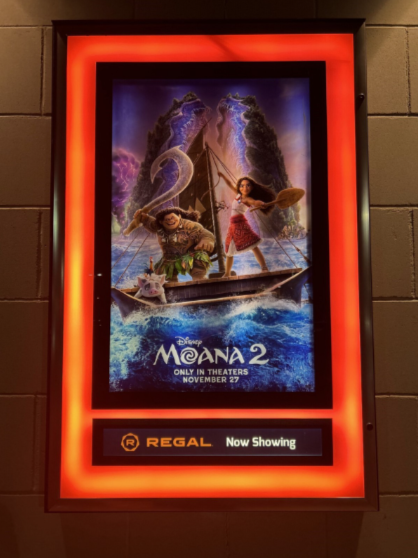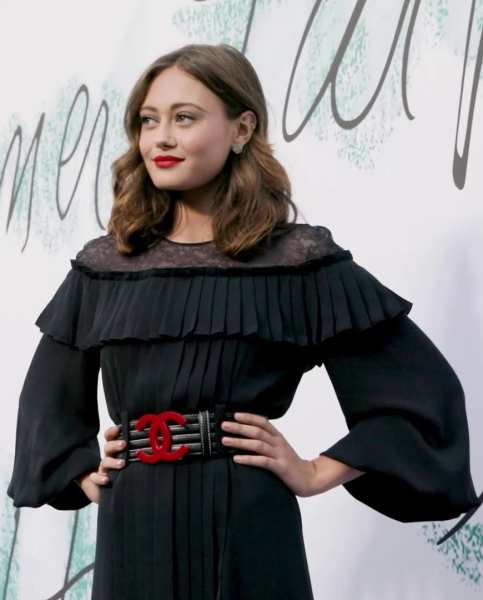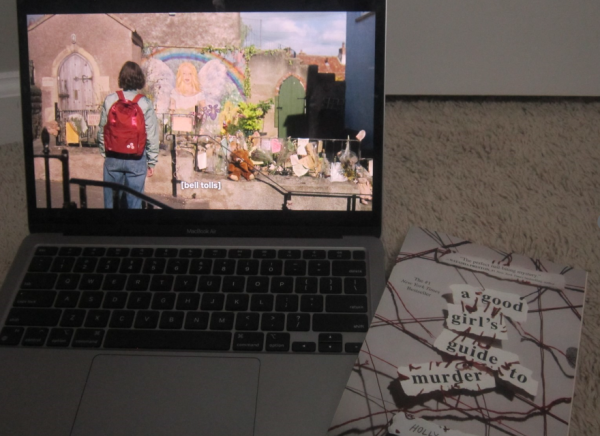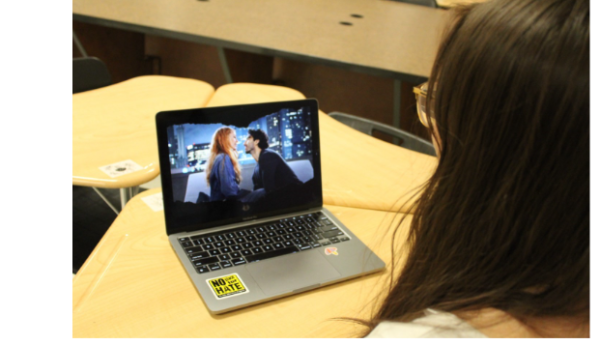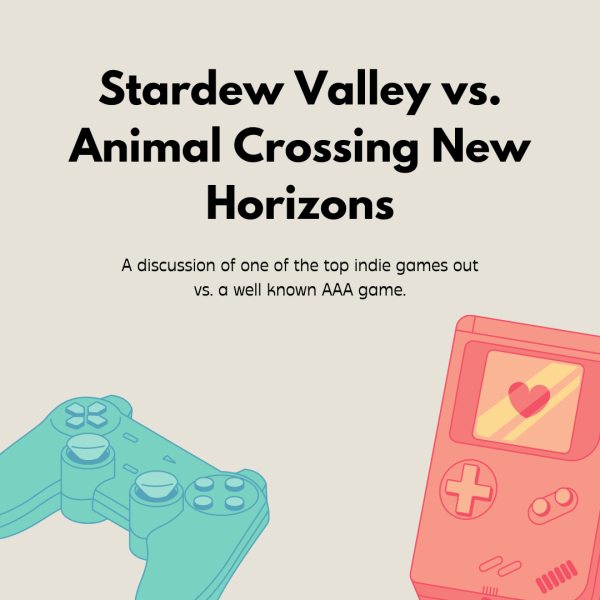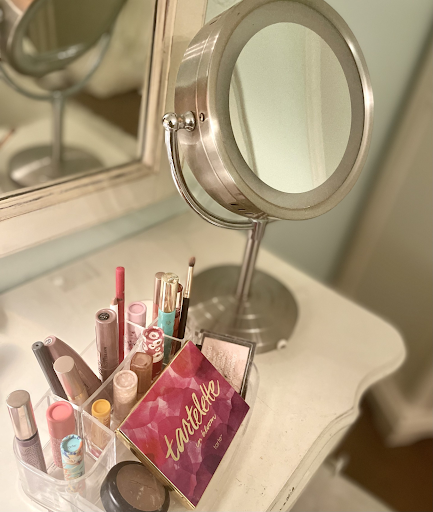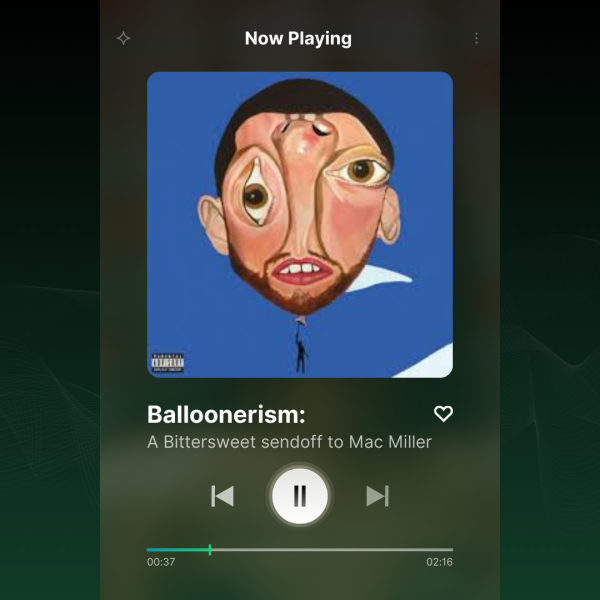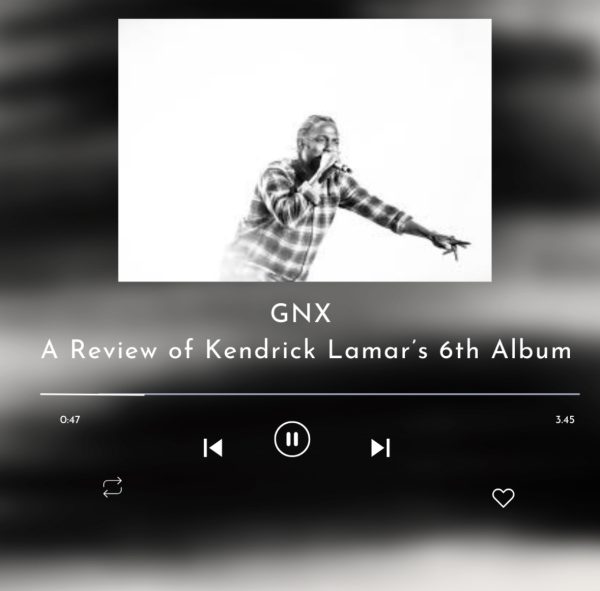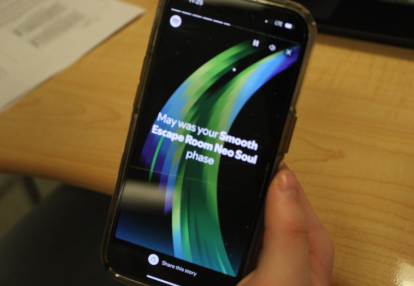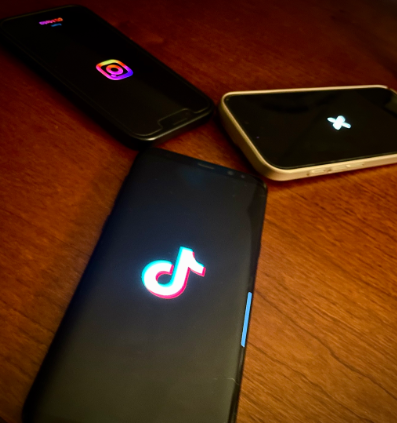The Disappearance of Tween Girls
The transition period from being a kid to becoming a teenager (ages 9-13) are known as the “tween” years. This can be a confusing time as tweens are trying to navigate through the various influences surrounding them. Questions are brought up asking if you are still a kid, or are you now considered a young woman? Like all age groups, tweens have their own separate traits and stereotypes for what “classifies” them as a tween, however, it is becoming increasingly apparent over the past few years that these traits have disappeared and that their traits and stereotypes now are the same as teenagers’. So, what has caused this disappearance?
Tween Fashion
During the transition from kid to teenager, tween girls want to find ways in which to express themselves more. One of the most common ways to do so is through clothing. The marketing for tween clothing around 10 to 20 years ago was previously described by older generations as very sparkly, colorful, and age-appropriate because that was incredibly popular at the time. Nowadays, clothing has taken a much more mature approach, which causes a blur between tween and teen fashion; it has caused the market for tween fashion to have almost completely disappeared as a whole.
Junior stores such as Justice and Claire’s ruled the 2000s and 2010s, and now both companies have filed for bankruptcy within the past three years. In late 2020, Justice was sold for $90 million dollars due to their parent company, Ascena Retail Group, filing for bankruptcy.
Claire’s filed for bankruptcy in 2018 but has since been taken over by Ellington Management and Monarch Alternative capital. Both of these companies have been continuing to close their stores since the filings, and even though they are nowhere near to being as popular as they used to be, they have managed to be operating online successfully.
Tweens now shop at any popular teen retailer such as Pacsun, Shein, Urban Outfitters, etc., and since they are shopping at teen clothing stores, they are following teen fashion trends. There is nothing wrong with fashion trends in general or teen trends, the problem is these trends are often too old for tweens. Tween fashion trends nowadays tend to accentuate parts of the body that haven’t been developed yet and can come off as looking too mature for the tween to be wearing.
Parasocial Relationships
Social media has been becoming increasingly accessible and more acceptable for younger audiences to use. With apps such as Instagram and TikTok and the new rise of social media influencers, tweens are viewing these older women and are becoming more influenced to wear makeup, do their hair, dress, in an attempt to act like these influencers.
Before social media, these girls’ influences would be the characters from tv shows they would watch. Programs like Disney Channel and Nickelodeon are centered around creating good role models for kids, and
parents had the comfort of knowing that the content that is being put out for their kids is appropriate for their age group.
Influencers from Youtube and Tiktok are now the new face of role models for tweens, from showing hauls, to makeup routines, to telling storytimes, etc., these influencers have completely taken over as idols for teens and tweens. With the many different social media platforms and what seems like to be an endless amount of content, there is an influencer out there for any person to relate to and connect with.
Most influencers do not put out content with the intention of being a role model to tween audiences, but since their content is so accessible and viral videos happen randomly, it can happen automatically and not under the influencer’s control.
The word parasocial is a relatively new term that has been becoming more relevant. A parasocial relationship is defined as a “one-sided relationship, where one person extends emotional energy, interest, and time, and the o
ther party, the persona, is completely unaware of the other’s existence.” A person who has a parasocial relationship with a celebrity may be influenced to buy their products, style themselves to look like them, eat and drink the same things, and the list goes on.
Parasocial relationships do not develop over the course of a specific time period, as tweens do not all consume the same amount of media daily. The difference between a parasocial relationship between a YouTuber instead of a celebrity or media character is that influencer relationships are easier to form since part of an influencers’ job is interacting with their followers. Whether it’s through comments on posts or direct messaging, it is easier to become more attached since they already feel a form of friendship with the influencer, and any small interaction will strengthen that.
A study was conducted on tweens and all ranges of Youtube engagement and parasocial relationships, one of the results concluded that around 85% of tweens who watch Youtube show a high parasocial relationship with their favorite YouTuber. The most popular influencers and YouTubers range from their late teens to their late 20’s. With tweens looking up to their much older role model, this could lead to them being into more mature things that can age lead them into acting and appearing a few years older than what they actually are. This can be harmful as these tweens are essentially trying to grow up too fast and skip an entire transition period which is crucial.
Self-Image
All tweens, no matter what time period, are swayed by their role models and peers around them. Social standards change every year as trends rise and fall, but with tweens following the current trends of social media and fashion, there is a lot of added pressure on how they should look and act when it is truly unattainable.
There are many unrealistic expectations set by the media that can be detrimental to the self-esteem of young girls that they see every day when they consume content. Tweens will see these influencers’ posts with seemingly the perfect m
akeup, the perfect body, and the perfect clothes and compare themselves to the perceived perfection.
This is damaging because these girls will pick at all of their own flaws and do whatever it takes to look like the influencers when they do not take into account that most of these influencers are much older with fully developed features, photoshop, and even sometimes procedures to enhance or get rid of their natural look.
Influencers’ posts can also negatively affect tweens’ mental health by posting pictures and videos that give the impression that they have a perfect life. Seeing these posts can make them wonder why they can’t have a life like that and make them think they can never achieve a life similar.
Brands will also take advantage of these tweens and their low self-image and have influencers sell products that will seemingly improve it, such as diet pills/teas, fast fashion brands, and skincare and makeup products. In reality, none of these products are going to give them the results they are desiring in the long run, and over time, tweens will continue to try to buy products to look like these influencers and to look older.
It seems as though the tween era has disappeared in front of our own eyes and is seemingly gone forever. This, however, should not be blamed on tweens because the biggest factor is social media and how they target their audience towards tweens. Influencers have such a strong parasocial relationship with tweens that whatever they promote will be influenced in a way of how these girls should look or act. Social media markets to tweens the same way as teenagers which is why these girls have seemed to skip the transition period. It is important to educate tweens on the harmful effects of social media and how they sell products to demographics, in order to help their mental health and try to guide them through this utterly confusing time of growing up.
Your donation will support the student journalists of Patriot High School. Your contribution will allow us to purchase equipment and cover our annual website hosting costs.


